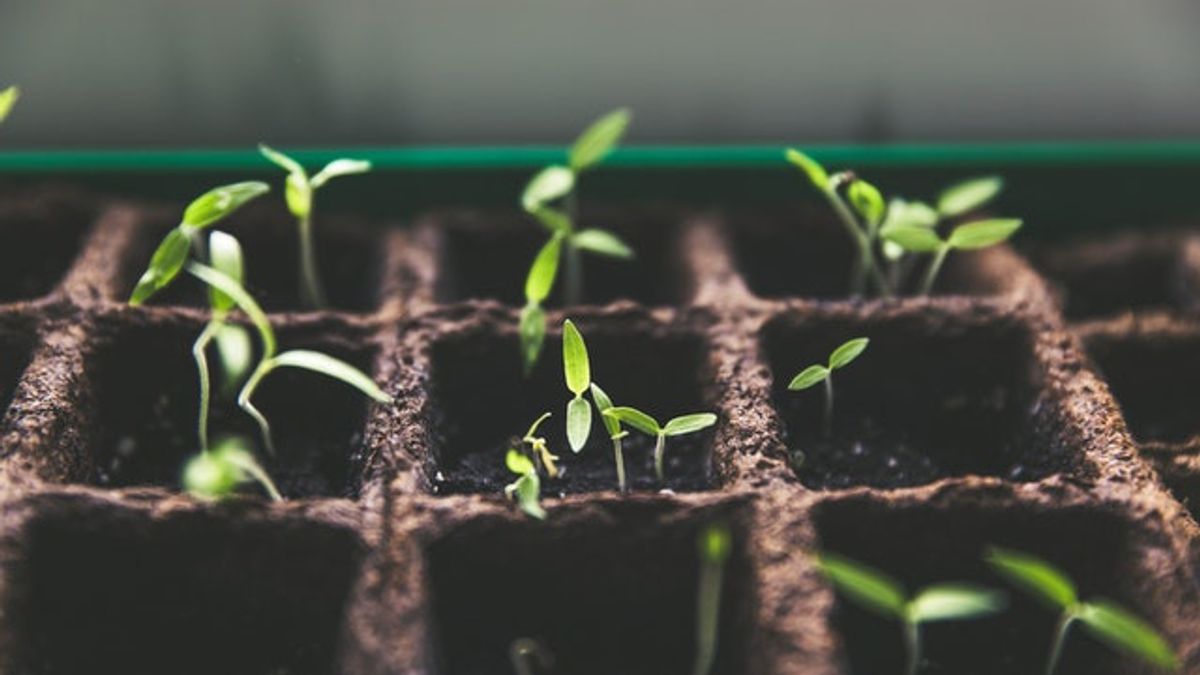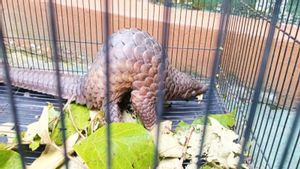JAKARTA - From ferns to ficuses, different types of ornamental plants have different water requirements. Cacti and ivory betel plants, for example, are very heat tolerant and do not require much water, while others, such as ferns, prefer stable, humid weather.
Watering plants can be a fun activity in gardening. Unfortunately, if you water it too often, your favorite plant can die from excess water. Plant roots need a balance of water and oxygen to thrive. When there is too much water intake, the roots will sink, causing root rot. Launching Mind, Body, Green, Friday, February 4, here are five signs your houseplants are watering too often.
The ground is always wet to the touchIf you haven't watered the plant in a day or two, feel the soil about an inch below the surface. If it's still damp from the last time you watered, this could be a sign that your plant has been watering too much. Be sure to choose a pot with good drainage holes to prevent excess water from pooling in the soil.
 Yellow leaves
Yellow leavesAccording to ornamental plant consultant Stu Wilson, aka Plantastic Mr. Fox, yellowing leaves are one of the main signs of an overwatering plant. Ironically, the leaves can also turn yellow if there is a lack of water. Place your finger in the soil to check the humidity level so you can identify the cause of the yellowing of the leaves.
Soft and slippery stemWilson notes soft, slippery stems are another sign of the plant being watered too often. This occurs because the entire plant absorbs too much moisture and begins to swell and lose its firmness.
Leaves have edges or brown spotsSometimes, if the leaves absorb too much water, the cells become oversaturated and rupture causing brown spots to form. Unfortunately, dark spots on the leaves can also be a sign of a water shortage.
Rebecca Bullene, a plant shop owner in Brooklyn, advises Greenery Unlimited. If a brown color appears along the edges of the leaf this indicates the plant is overwatered, while spots in the center of the leaf often indicate a water shortage.
Soil attracts pestsGnats and other pests like moist soil. If you notice pests hovering around your plants, it may be time to have the plants checked.
You can confirm a suspected diagnosis by gently stirring the plant from its container and examining its root system. If the problem is excess water, the roots will look dark and feel mushy to the touch. Plant soil can also give off a sour smell because bacteria like standing water around the roots.
How to fix excess water in plantsIf you're pretty sure your plant has fallen victim to an accidental overwatering, there's no need to panic. This method can revive plants, although it does not apply to all types of ornamental plants.
Wilson advises removing wet, damaged roots and then moving the plant to new soil. Then, place it in a place that gets enough sunlight with good airflow. Lastly, don't water until the soil feels completely dry to the touch at a later date.
Your plant will start showing signs of improvement in about a week. "This is a general rule," Wilson added. "But I always suggest researching the water needs of each plant," he explained.
The English, Chinese, Japanese, Arabic, and French versions are automatically generated by the AI. So there may still be inaccuracies in translating, please always see Indonesian as our main language. (system supported by DigitalSiber.id)









